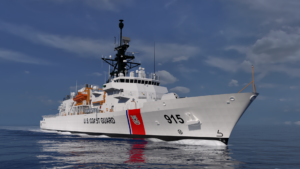
A new report by independent government auditors found the Coast Guard’s policy choices including design and construction concurrency, and the effects of a 2018 hurricane, have contributed to 40 percent cost growth and 18-month delays in the first four vessels in the service’s new offshore patrol cutter (OPC) program. A Government Accountability Office (GAO) report published June 20 found that these costs and delays are outgrowths of the Coast Guard’s decisions to conduct technology development, design and construction phases concurrently,…

 By
By 











